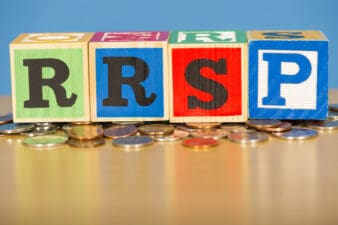Canada has several state-sponsored benefits that residents can avail of, helping them lead a comfortable life. One such payout is the CCB, or Canada Child Benefit, which is a non-taxable amount paid each month to help families with the cost of raising children.
To qualify for the CCB, you must meet the following requirements:
- You must be a Canadian resident.
- You must live with a child who is under the age of 18.
- You must be primarily responsible for the upbringing of the child.
Families with a child below the age of six and an adjusted annual net income of less than $32,797 are eligible for the maximum CCB of $6,997 each year. For a child over the age of six, the maximum CCB reduces to $5,903 per year.
This amount may reduce depending on the age of your child and the family’s net income. For instance, for a family living in Ontario with an adjusted net income of $200,000 and a child below the age of six, the annual CCB payout will reduce to $192.92.
Canadian families should aim to save and invest a portion of these benefits, allowing them to build wealth over time. For example, the CCB payout can be invested in the equity market, the proceeds of which can be used to pay for the child’s college education or help them start a business.
Let’s see where you should invest the CCB, so you can benefit from compounded gains over time.
Use the CCB and buy index funds such as VSP
If you don’t have the time or expertise to identify individual stocks, consider investing in index funds such as the S&P 500 or Nasdaq. There are several currency-hedged, exchange-traded funds in Canada that track the major indices in the United States.
One such popular fund is Vanguard S&P 500 Index ETF (TSX:VSP), which has more than $2.5 billion in assets under management. With a management fee of 0.08% and an expense ratio of 0.09%, the VSP is a low-cost fund that provides you exposure to the 500 largest companies south of the border. Down 18% from all-time highs, the index also provides investors with a dividend yield of 1.3%.
The S&P 500 index has generated massive wealth for long-term investors. Since March 1995, the index has surged 683%. But if you account for dividends, total returns are closer to 1,200%. So, a $10,000 investment in the S&P 500 index 28 years back would be worth almost $130,000 today.
The Foolish takeaway
The top 10 holdings of the VSP ETF include tech giants such as Apple, Amazon, Microsoft, and Alphabet. It is a well-diversified fund that lowers overall investment risk.
A difficult and volatile macro environment has dragged valuations of companies across sectors lower. But investing in a bear market and waiting patiently for a turnaround will allow you to derive inflation-beating returns over the long term.
Moreover, investing in this index will enable you to outpace the majority of investors on Wall Street, given historical returns. Investing in a low-cost, well-diversified fund is a simple way to create game-changing wealth for most Canadians.







